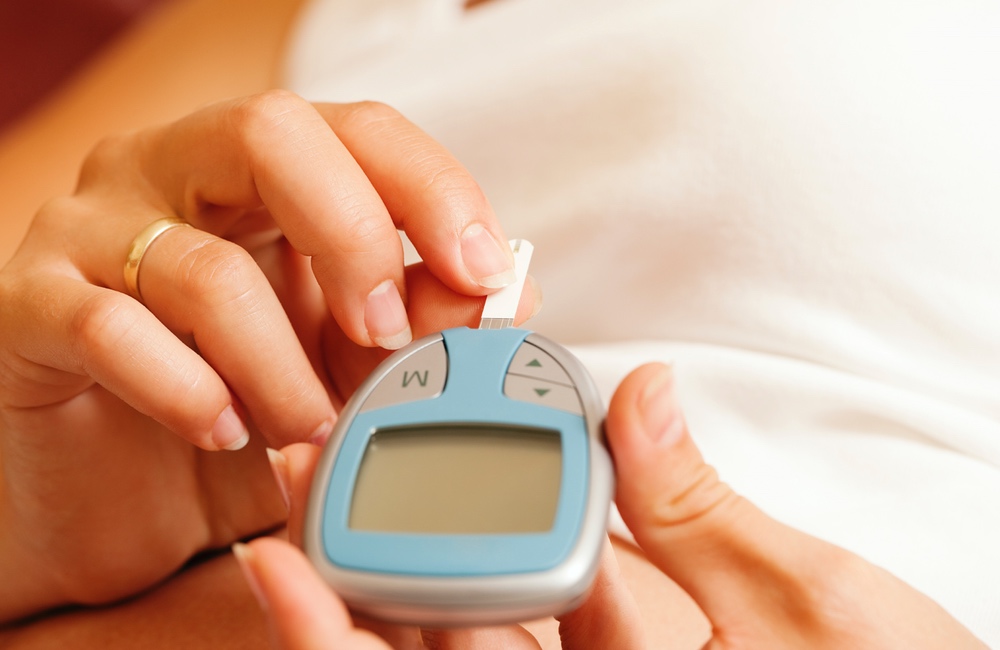Diabetes is a costly disease. Not only for the toll it takes on people's lives and those of their loved ones, but also for the ongoing healthcare costs people with diabetes face every month. One of those costs, the price of insulin, appears to be unnaturally high, far outpacing cost increases of other drugs.
People with diabetes paid over three times as much for their yearly insulin in 2013 as they did in 2002. Average costs per year went from $231 a year to $736. And not only did insulin prices nearly triple between 2002 and 2013, the average dose of insulin rose by 20%.
The increase was only for insulin; the prices for other diabetes drugs stayed about the same or went down during this period. According to the authors of a new study that tracked nearly 28,000 people, the situation has become so bad that it's time to look at other non-insulin therapies for diabetics. And they don't expect insulin costs to drop anytime soon.“…[I]t's hard to say that contemporary patients who cannot afford their insulin (let alone the patent-protected glucometers and test strips required to adjust the dose) are well served by having as their only option an agent that is marginally more effective than those that could have been generically available 50 or 30 or 10 years ago…”
The diabetes drug metformin, which is available as a generic, dropped from $1.24 to 31 cents per tablet during the same period. A newer class of drugs, known as DPP4 inhibitors, have only had a price increase of about a third since they hit the market in 2006.
This isn't an entirely new problem, it just seems to have gotten increasingly out of hand recently.
Insulin was first patented in 1923 and has remained under patent through a process called evergreening. By making tweaks to insulin, sometimes large and sometimes small, manufacturers kept producing newer versions, so there is no generic insulin in the U.S.. This has allowed them to keep one form or another of insulin under patent from 1923 to 2014, well beyond the time when patent protection would normally have expired. Older forms of insulin tended to disappear from the market, leaving only newer and more expensive varieties available to diabetics.
The fact that insulin is classed both as a biologic and a drug adds another layer of regulatory complication to the production of generic insulin.By making tweaks to insulin, sometimes large and sometimes small, manufacturers kept producing newer versions. This has allowed them to keep one form or another of insulin under patent.
There are currently several versions of insulin on the market. Synthetic human insulin is the least expensive, while analog forms, some of which act more slowly and some of which act more quickly than typical insulin, are more expensive. Few question that these are better drugs than the 1923 version, but many question their overall benefit to diabetics.
As the authors of a 2015 New England Journal of Medicine study put it, “And yet on the whole, it's hard to say that contemporary patients who cannot afford their insulin (let alone the patent-protected glucometers and test strips required to adjust the dose) are well served by having as their only option an agent that is marginally more effective than those that could have been generically available 50 or 30 or 10 years ago, had generics manufacturers introduced cheaper versions when patents expired.”
With no cheaper versions of insulin available, 2016 finds William Herman and his colleagues suggesting that many diabetics may have to look to treatments other than insulin to help them live with diabetes, simply because they can no longer afford to pay for insulin.





